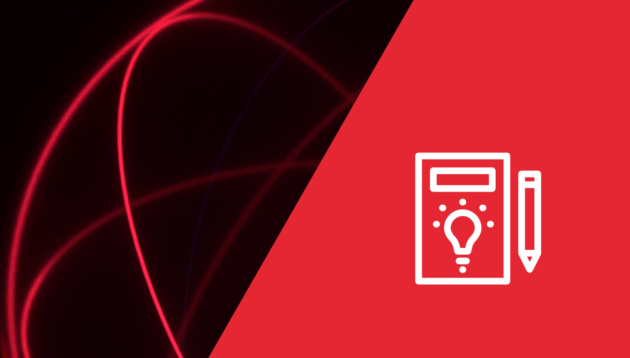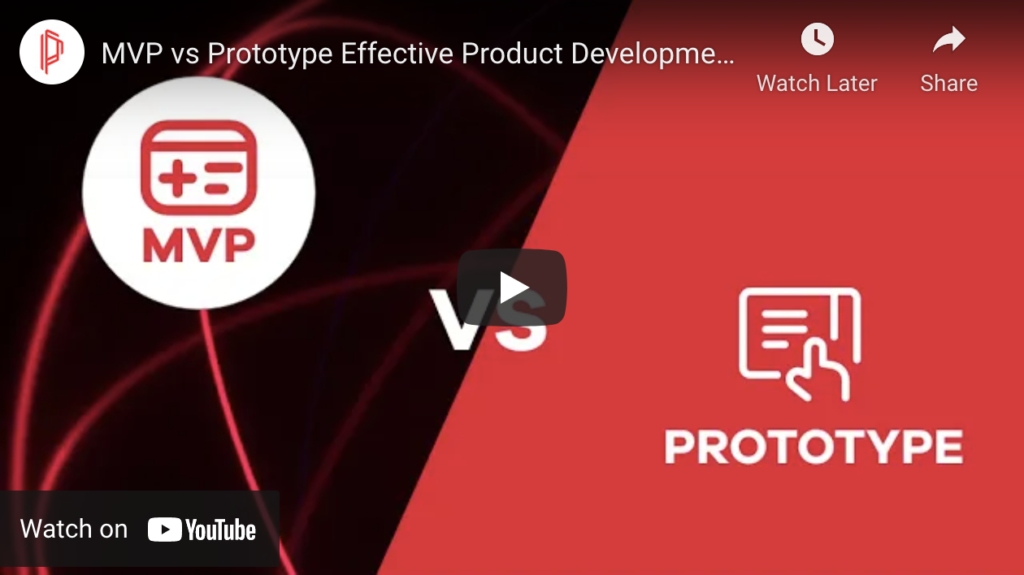What Is Proof Of Concept (PoC) And When To Use It?

Introduction
More and more young entrepreneurs decide to create a piece of software, often going straight to the phase of development to launch the product as soon as possible.
However, avoiding the phase of pre-control is a really risky approach that can lead to choosing the wrong tech stack, then spending lots of time on building features that are not really needed, and ultimately a failure and overspending for the entire investment.
So, how to keep your software away from harmful technical aftermath?
You can use a method called Proof of Concept.
Proof of Concept definition
In the beginning, it’s good to mention that a PoC is not intended to explore market demand for the idea, nor is it intended to determine the best production process.
“PoC is an exercise […] focused on determining whether an idea can be turned into a reality. The main goal is to determine the feasibility of the idea or to verify that the idea will function as envisioned.”
What is the difference between PoC, MVP, and Prototype?
There are also other ways to validate your digital product idea that are as popular as PoC.
These are the MVP development and the Prototype.
We talk a bit more about the difference between the MVP and the prototype in this article, or video below:

Let’s take a look at what Proof of Concept offers compared to Minimum Viable Product and Prototype by going deeper about the differences between particular approaches.
PoC vs MVP vs Prototype
| Proof of Concept | Prototype | Minimum Viable Product | |
| Goal: | Gives information on whether the idea is feasible. | Visualizes how a product will be built. | Adapts the product based on feedback straight from a user. |
| Time: | From days to months. | Weeks. | Months. |
| Audience: | Researchers & developers. | Stakeholders, developer groups. | End-Users. |
| Intended use: | In order to analyze the possibility of building the idea, and its potential. | To attract investors by the presentation of how the product will look and be used. | In order to find a product-market fit based on real end-user feedback. |
Quick poll
What would you prefer to use to validate your idea?
Types of poc in software development
To clarify, there are 3 types of Proof of Concept in software development.
In addition, each one has a different approach to the tested software. We distinguish mainly:
Proof of Technology
Above all, the main goal of PoT is to test the idea about whether your desired technology is profitable. PoT helps also developers define clear input and output flow & get a general view of the product’s layout.
In other words, its purpose is to test the technical issues that may make the development process more difficult. PoT tests different features of the software as well as their compatibility. If you want to read more about Proof of Technology just click here.
Steel Thread
This way of prototyping is responsible for identifying the most important execution paths, including software and hardware elements through a computer system.
This approach is used to validate a design as well as to prepare core components for extensive development. However, it is obligatory to keep in mind that steel threads are often used in defining software system architecture. For instance, you can read more about this here.
Pilot Project
Above all, the purpose of this is to analyze and test your concept if it works properly along with the expectations of your working system. However, If you want to get to know more about Pilot projects you can go there.
Run a PoC session with our developers.
Who can benefit from Proof of Concept?
Managers may reduce potential risks and obstacles
- It helps project managers pinpoint risks they may face in implementing a proposed product.
- Increases the possibility of the product’s success.
- Enables managers to see how to go about growing the product in terms of systems architecture.
Project leaders can determine chances for scalability
- Firstly, enables project leaders to verify the feasibility of the idea & scalability.
- Secondly, shows project leaders how to go about mass producing the product in terms of human resources, and workflow standardization.
Stakeholders to give a kind of proof before investing money
- Above all, allows the assessment of the idea providing a rich form of initial analysis.
- Introduces the usability and profitability of the project idea.
- Describes the product idea in detail with illustrations and visuals.
When to use Proof of concept?
Idea verification
Firstly, Proof Of Concept will help you to analyze if your idea is feasible at an early stage of the development process. It will give you insight into how valuable it will be for the target audience.
Technology check
Secondly, It enables you to check if a chosen technology for your project is appropriate and enough to handle all for your purpose.
Gap identification
Thirdly, It allows your vendor to identify gaps in the process at its initial stages that may interfere with the success of your project.
Usability verification
Through PoC development teams can gain user feedback as well as valuable information about the target audience, market demand, and critical pain points. In conclusion, all of these factors are significant to check if your project will be successfully implemented for your customers.
How to build a Proof of Concept plan: 3 stages
Let’s have a look at how a typical PoC building process may look like:
Concept
Defining Goals
- Your vendor is obligated to understand the customer’s pain points.
- The main goal at this stage is to ensure that your idea is feasible.
Evaluating possible solutions
- Technology supplier needs to make research of similar possible solutions for your case taking the cost, timeline, etc, into consideration.
- Vendor with you, sets up terms of possible solutions, and defines the features of the future product.
Setting the Scope of PoC
- In order to definie scope, the vendor needs to determine what will be done and measured in the PoC.
- In addition, he is obligated to design the technical architecture and user paths.
Development
Creating PoC
- Above all, stage of creating stands for developing UI & mockups.
- The next aspect in this stage is about developing the functionalities based on the previously established architecture.
Testing, Refining Improving
- The testing stage reffers to the feedback from the potential users to fine-tune your product idea.
- Besides testing, vendor needs to identify what works for a certain solution.
- In conclusion, final aspect is about identifying the areas for improvement.
Evaluation
- To clarify, the main results of this stage are a solid report with all assumptions, results of testing, conclusions, and next steps.
Pros and Cons of proof of concept
| Pros | Cons |
Gives potential investors & decision makers valuable data. | Though the project providesdetailed information for the project development, there could be still chances to get varied from the project flow which may give different outcomes. |
| Brings useful user insights such as the market demand or target audience and their pain points. | Proof of concept sometimes appears as a barrier. Therefore, It can limit your creativity as it imposes some guidelines to be followed. |
| It definitively gives you a solid understanding of the software’s capabilities and limitations. | Carrying out PoC demands extra resources like money, time, or the engagement of your customer. |
POC examples
Proof of Concept has a broad variety of usage, however, we would love to give some of our real-life examples, straight from our clients.
The following examples come from the Software Development and Food & Beverages industries.
PoC Example 1: Check the feasibility of food ordering app
Firstly, the main scope of preparing a PoC in this pattern was to analyze the possibility of creating a multitenant food ordering system.
The duration of this process took 2 months and 2 JS developers & 2 Python developers took care of that.
The major goal was about implementing the following functionalities:
- Left to Right & Right to Left Support (English & Arabic),
- Product section,
- Stock functionality,
- Branch & Customer Management.
As a result of a proof of concept was the piece of application that gave a clear response to how the project will work based on a certain technology stack.
PoC Example 2: Headless eCommerce architecture
In this case, the goal was to check out flexible architecture for a headless eCommerce solution.
The process took 2 weeks and was conducted by 2 JS developers.
Proof of Concept was conducted, in order to answer such questions as:
- How easy it will be to implement new layouts?
- Are we able to easily update the “core” functionalities?
- Can we overwrite components in easy way?
- May it be used in many stores by people with different levels of expertise?
The result of this was the response of how the project will work based on a certain technology stack.
To wrap up
To sum up, through the Proof Of Concept, we can identify the potential risks and point the development process in the right direction.
Above all, well-provided PoC can discover the gaps in the early stages of your software development and help you find applicable solutions.
Run a PoC session with our developers.


